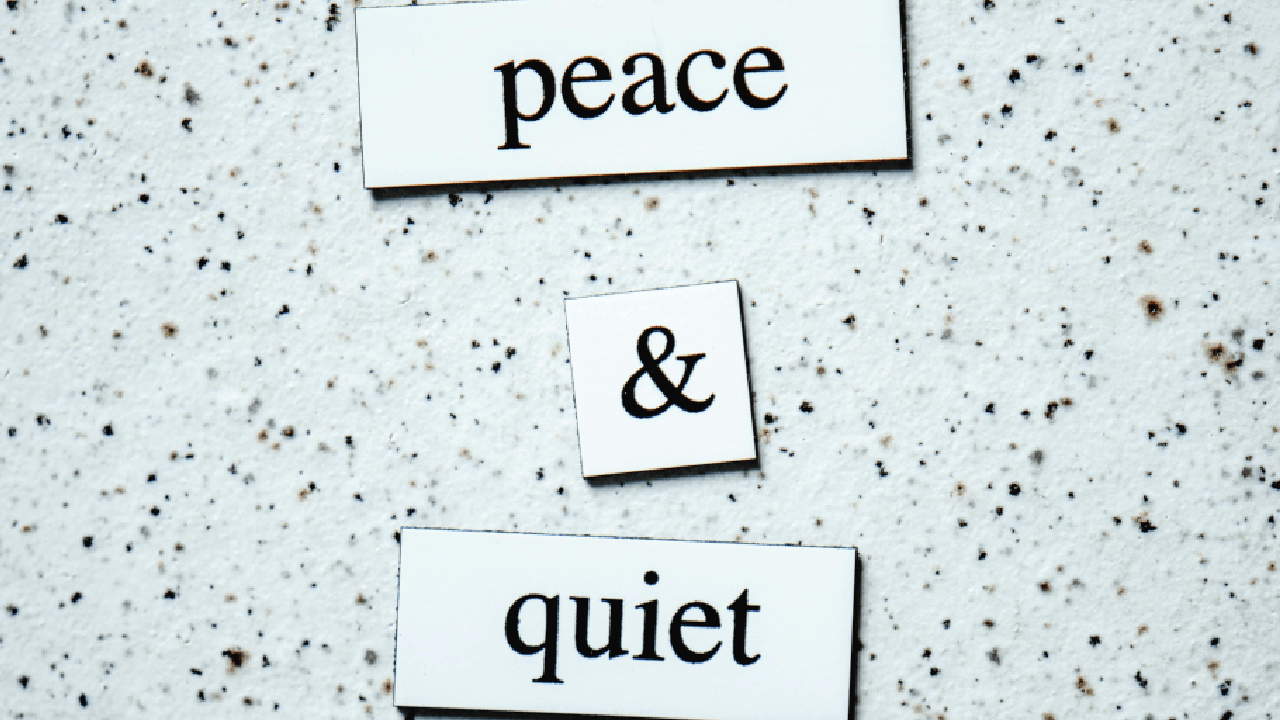The Power of Negative Space in Writing: More Than Just Empty Space

This week in our tiny writers' chat, we stumbled upon a topic that doesn't always get the attention it deserves: the importance of book formatting and punctuation, particularly how they relate to the concept of negative space in writing. The consensus was clear: authors must understand and master the art of negative space to elevate their storytelling.
What is Negative Space in Writing?
In the visual arts, negative space refers to the empty areas around and between subjects, which can be just as important as the subjects themselves. In writing, negative space is created through thoughtful punctuation, sentence structure, and paragraph breaks. It’s not just about what you write, but how you present it on the page.
The Role of Punctuation in Creating Negative Space
Punctuation marks are more than just tools for clarity; they’re the rhythm and music of your prose. The variety of commas, colons, semi-colons, and em-dashes can transform a plain text into something visually appealing and dynamically engaging. Each punctuation mark creates a different kind of pause, contributing to the overall pace and tone of the story.
Commas offer a brief pause, a quick breath.
Colons introduce a new idea or elaborate on the previous one, creating a sharper, more defined pause.
Semi-colons bridge closely related thoughts, offering a pause that’s longer than a comma but shorter than a period.
Em-dashes create a more dramatic pause, setting off a thought or emphasizing a point, creating a significant negative space around it.
When used strategically, these marks don’t just separate ideas—they shape the reader’s experience, controlling the flow of time in the narrative and making the story "sing."
The Importance of Paragraph Breaks
Beyond punctuation, the way you break your paragraphs, scenes, and chapters is crucial to maintaining the right pace in your story. Paragraphs that stretch on for ten rows or more can be daunting, no matter the genre. Even a spicy romance can feel like a deep philosophical treatise if the text is presented in dense blocks. Long paragraphs demand more effort from the reader and can disrupt the flow of the story.
Shorter paragraphs, on the other hand, increase the pace and can make the reading experience more dynamic and engaging. I once developmental edited a war scene where the quick, chaotic action was best conveyed by breaking almost every sentence into a separate paragraph. This approach made the scene feel urgent and alive, reflecting the chaos of battle.
Formatting: The Final Touch
Formatting is the last step in the writing process, but it’s far from the least important. After all the heavy lifting of drafting and editing, this final, almost meditative step is where the book falls into its final shape. Proper formatting allows your readers to breathe and absorb the story at the right pace. When I see a book with heavy paragraphs, it immediately feels tedious and time-consuming, which is the opposite of what I want for my readers.
Conclusion: The Reader’s Experience Matters
Negative space in writing is about creating an experience, not just conveying information. It’s about knowing when to let your readers pause, breathe, and reflect. As writers, our goal should be to craft the best possible experience for our readers, and mastering negative space through thoughtful punctuation and formatting is a vital part of that process.
So, the next time you sit down to write or revise, pay attention to the spaces between your words. Let your story breathe, and your readers will thank you for it.
